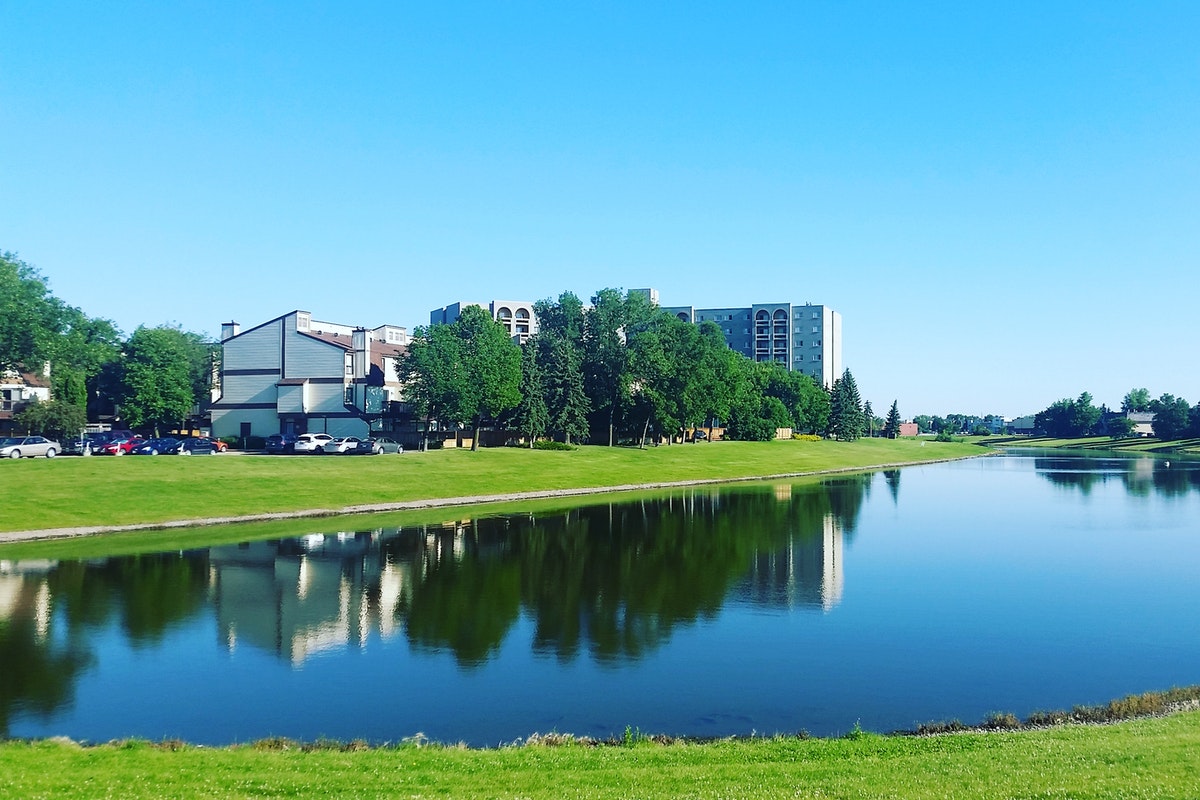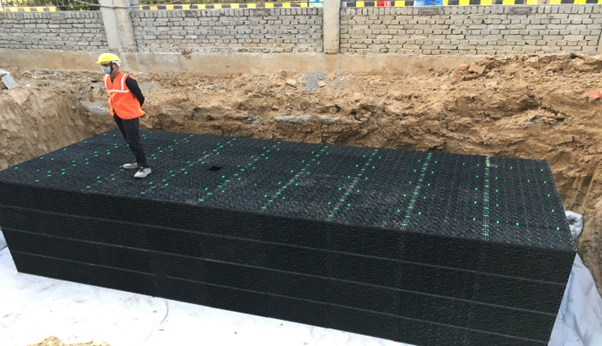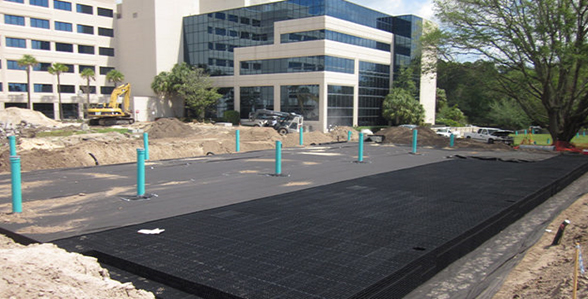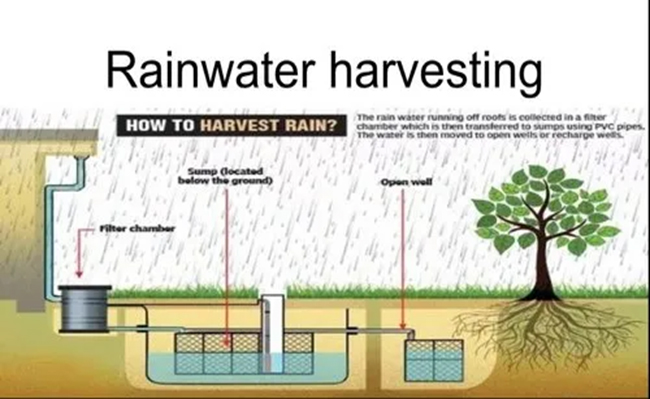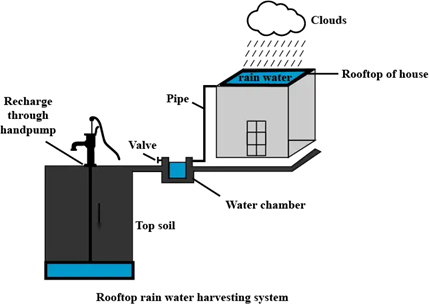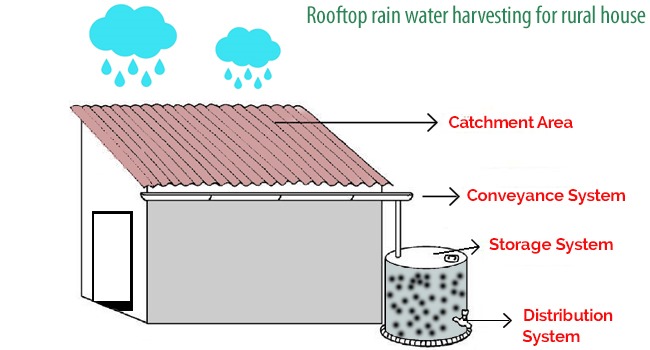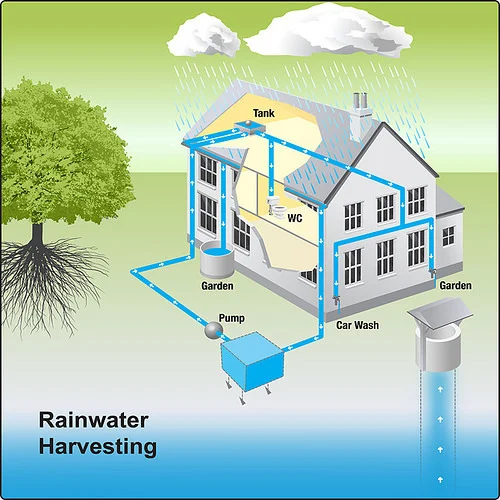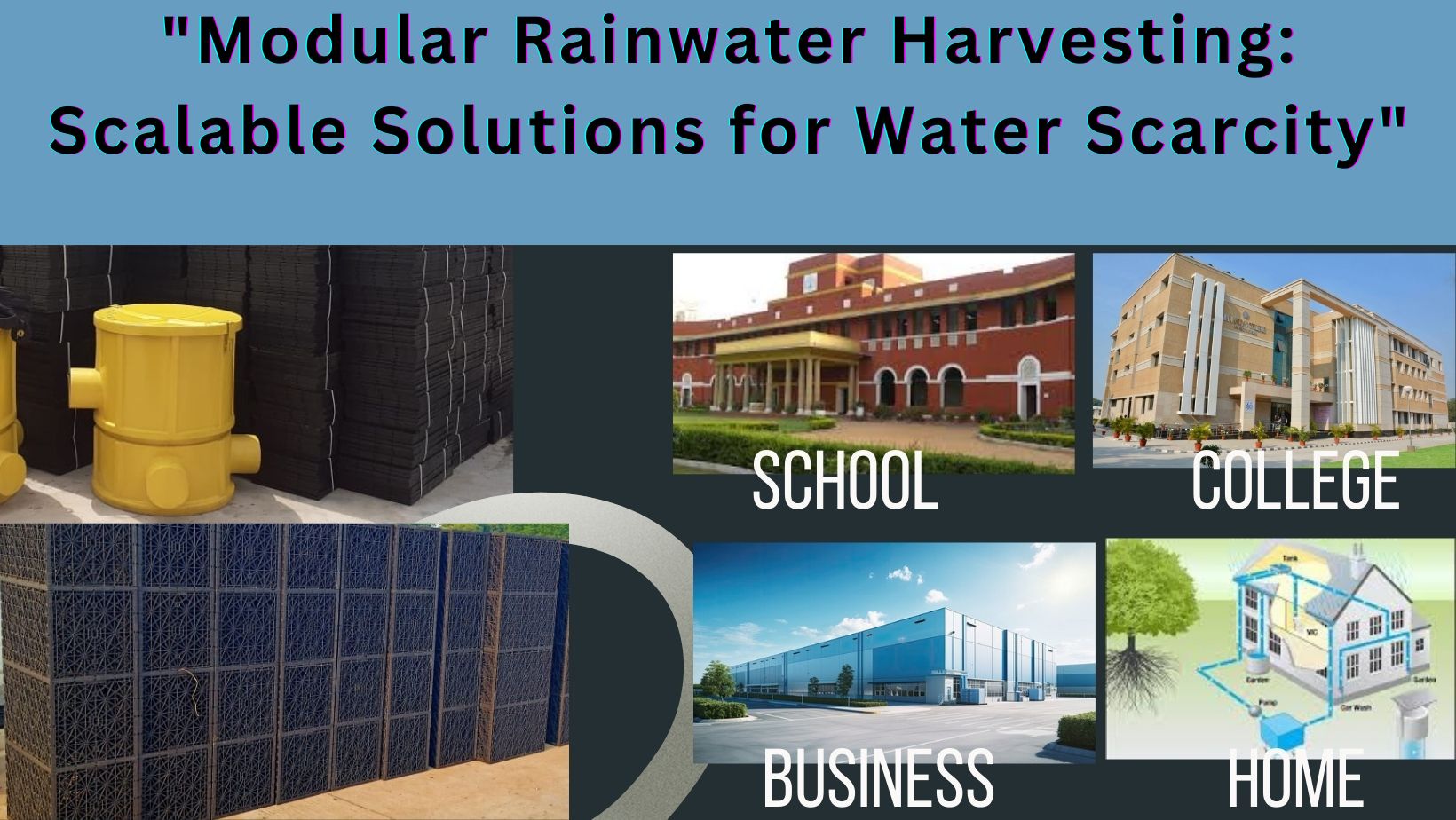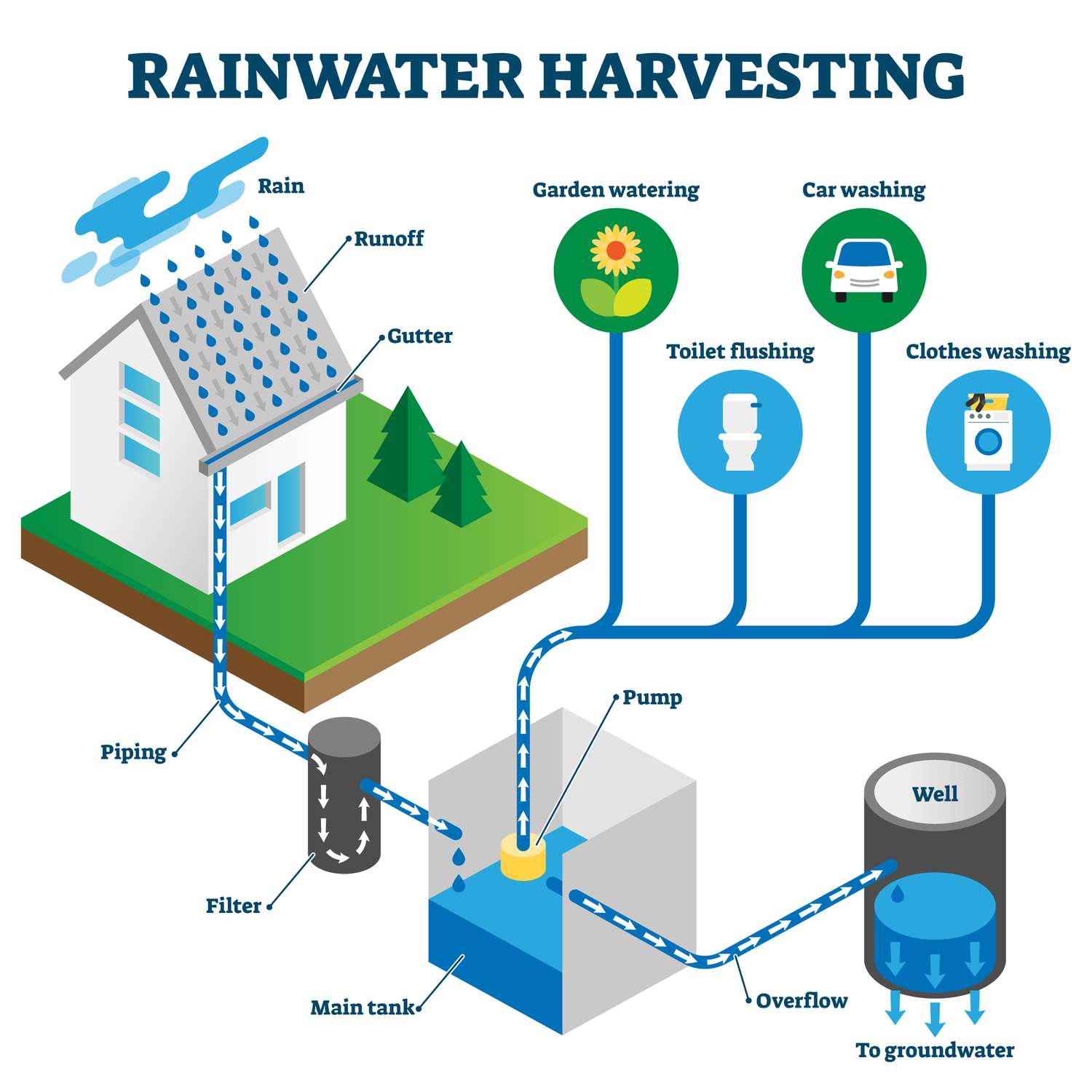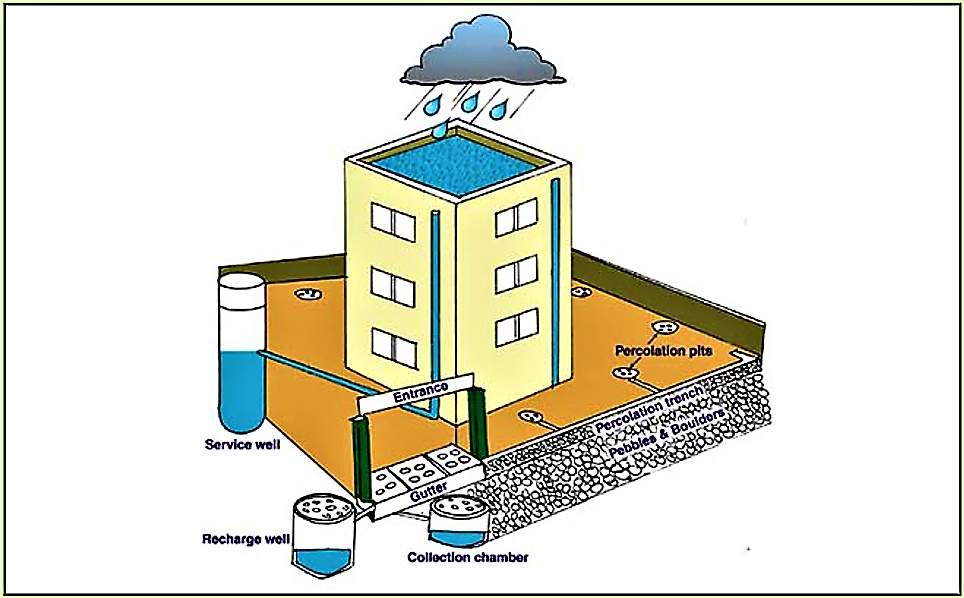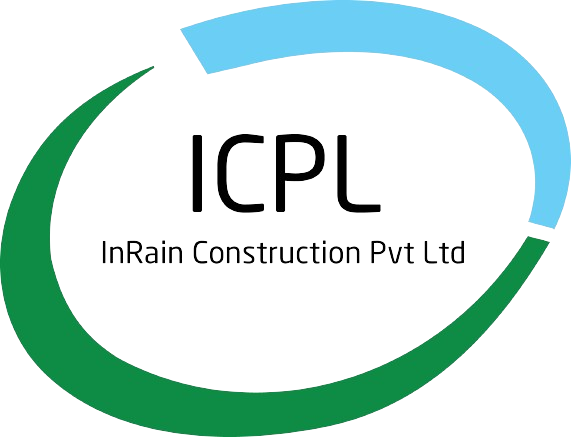Simple and Practical Methods of Artificial Recharge for Ground Water Augmentation.
— Ministry of Jal Shakti, DoWR, RD&GR, GoI (@DoWRRDGR_MoJS) May 8, 2025
This video explains how to do Artificial Recharge in Individual Houses.#Groundwater #Artificialrecharge #Waterconservation #Rainwaterharvesting #Savewater @PMOIndia @CRPaatil @nwmgoi @CGWB_CHQ pic.twitter.com/qSCRdSjCHT
Simple and Practical Methods for Groundwater Augmentation in Our Homes
Groundwater, a hidden treasure beneath our feet, is facing a real crisis. As cities grow and our need for water increases, these vital underground reserves are shrinking at an alarming rate. But here's the good news: we, as individual homeowners, have a significant role to play in bringing them back to life. The Ministry of Jal Shakti recently highlighted this very point, showing us how we can become active participants in water conservation and groundwater replenishment through smart artificial recharge and Rainwater Harvesting.
Why Should We Care About Artificial Recharge?
When groundwater levels drop, the ripple effects are significant:
Water scarcity: Our wells can dry up, making water harder to find and more expensive to access.Sinking land: Removing too much water from underground can actually cause the ground above to sink.Poorer water quality: As water levels fall, contaminants become more concentrated, affecting the quality of our drinking water.
Artificial recharge is simply the process of intentionally putting water back into these underground aquifers. It's like giving our planet a much-needed drink, helping to restore water levels, improve its quality, and ease the pressure on our precious groundwater.
Easy Ways to Recharge Groundwater at Home
The beauty of this is that you don't need a huge budget or complex machinery to make a difference. Here are some straightforward ways you can contribute:
1. Rainwater Harvesting Pits
This is probably the most common and effective method, turning rainfall from a fleeting event into a valuable resource.
How it works: Imagine your roof as a giant collector. Rainwater flows from your roof through pipes, gets a quick clean-up in a filter, and then goes into a pit. This pit is typically filled with layers of gravel, sand, and pebbles—a natural filter that slowly lets the water seep into the ground, recharging the aquifer below.Why it's great: It's often affordable, simple to set up, and uses the rain that falls freely from the sky.
2. Converting Old Borewells into Recharge Wells
If you have a borewell that's gone dry, don't just abandon it! It can be repurposed to help recharge the deeper groundwater.
How it works: Similar to the pits, filtered rainwater from your roof or paved areas can be directed into the old borewell. The key here is excellent filtration to prevent any clogging down deep.Why it's great: It directly refills deeper water sources, which is super helpful in areas where the water table is far below the surface.
3. Simple Percolation Pits or Reviving Old Dug Wells
For areas with shallower groundwater, sometimes the simplest solutions are the best.
How it works: These are essentially open pits or old, unused dug wells that are kept clean. They collect rainwater or surface runoff, allowing it to slowly soak into the ground.Why it's great: They're easy to build and maintain, offering localized recharge.
4. Smart Stormwater Management
Beyond just collecting rainwater, how you manage the water that runs off your property also matters.
How it works: Instead of letting all the rainwater rush into the city drains, try designing your garden or yard to absorb it. Think about creating shallow depressions (swales), beautiful rain gardens, or simply making sure your land is graded, so water can spread out and slowly sink into the soil.Why it's great: It not only recharges groundwater naturally but also helps prevent urban flooding and soil erosion.
Things to Keep in Mind Before You Start
Before you roll up your sleeves, a few quick considerations:
Your Roof and Rainfall: The size of your roof and how much it rains in your area will give you an idea of how much water you can collect.Your Soil: The type of soil and what's beneath it will affect how quickly water soaks in.Cleanliness is key: Make sure the water you're putting back into the ground is clean. Good filtration systems are essential.Regular Upkeep: Just like anything else, these systems need a little love. Regular cleaning of filters, pits, and trenches will keep them working efficiently.
By embracing these practical steps, each of us can become a part of the solution, actively contributing to saving water and ensuring a healthier, more sustainable future for our groundwater resources. It's a small effort at home that can make a monumental difference to our communities and the planet.
What are you doing at home to conserve water? We'd love to hear your ideas!
Our Happy Clients

TATA

PEPSICO

HONDA

SMART CITY KARIMNAGAR

DELHI DEVELOPMENT AUTHORITY

PRADHANMANTRI SANGRAHALAYA

NHAI

INTERNATIONAL ARRIVALS

NDMC

HINDUSTAN UNILEVER

CPWD

PWD

LARSEN & TOUBRO

MARATHON ELECTRIC

MITTAL CONS.

GMDA

FUJITA

BROOKFIELD PROPERTIES

DENSO

GLS

CBRE

SMC

SUPREME PIPES

AHRESTY

V3




